On Nutrition: Healing nutrients
Published in Nutrition
My zealous quest to clip dead stems in my flower garden resulted in a nasty nip on a finger -- right through my gloves. When I realized I wasn’t going to die, I relaxed enough to appreciate how my body takes care of me.
What nutrient, for instance, helps stop the flow of blood when we cut ourselves? That would be vitamin K, which helps blood to clot. In fact, K stands for “koagulation” — the German word for coagulation. We find this essential nutrient in foods like green leafy vegetables, kale and broccoli.
Once the bleeding stopped, I carefully washed my wound and wondered how many germs had entered through my dirt-covered clippers. Thankfully, my white blood cells had reported for duty. These specialized cells, made from protein, are trained to fight infections as they begin the process of wound repair.
I stared at the nasty gash in my finger and realized (bear with me, I’m a nutrition nerd) this is where my body’s protein stores are called to action. Proteins are found most abundantly in eggs, beans, meat, nuts, fish, grains, poultry and dairy foods. Protein supplies materials, such as collagen and other skin tissue, to begin the intricate process of knitting my wound back together.
Since my body needs vitamin C to manufacture collagen, it’s another must-have nutrient for wound healing, say experts. Wounds, even my little finger cut, produce inflammation, and vitamin C is also a potent antioxidant to calm this reaction. Humans cannot store vitamin C so we need it every day. Good sources include red, green, yellow and orange bell peppers, oranges, grapefruit, kiwi fruit, broccoli and strawberries.
And then there’s zinc, a trace element, meaning it is required in small but extremely important amounts. Zinc is a key part of more than 300 processes that take place to heal wounds. It also helps strengthen the immune system so it gives me extra protection against bacteria that may seek to inhabit my cut finger.
Zinc resides primarily in fish and seafood (especially oysters), red meat, poultry, legumes, pumpkin and sunflower seeds, eggs, dairy products and nuts. Interestingly, the protein in these foods also helps my body absorb zinc.
Of course, the nutrition therapy for my small laceration is small potatoes in comparison to major wounds that require hospitalization. In these cases, it is extremely important for a patient to consume extra protein as well as calories. That’s because major trauma causes the body to burn more energy and protein as it tries desperately to heal. That’s when the services of a registered dietitian with specialized training in wound care can be critically valuable.
For me, I’ve enjoyed watching this healing process. Each day, a new supply of tissue has gradually appeared to repair a gash that was once painful and bleeding. I think that’s pretty amazing.
©2025 MediaNews Group, Inc. Distributed by Tribune Content Agency, LLC.
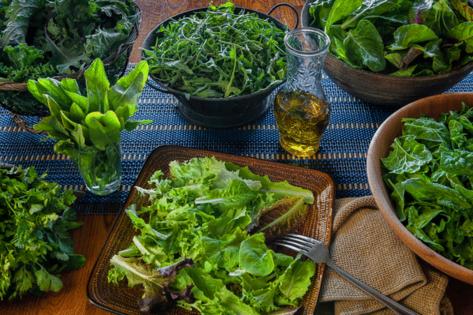

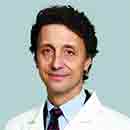

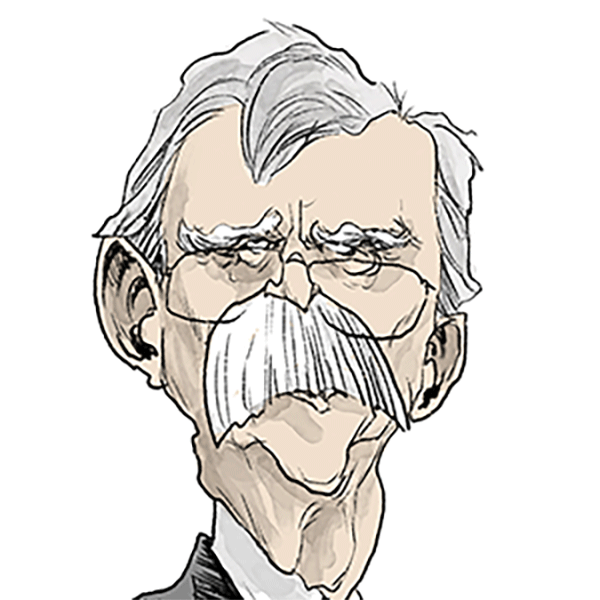
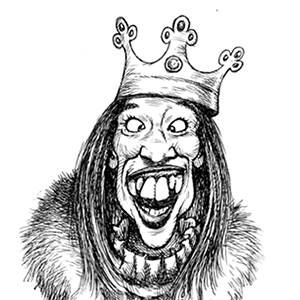
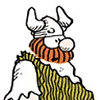

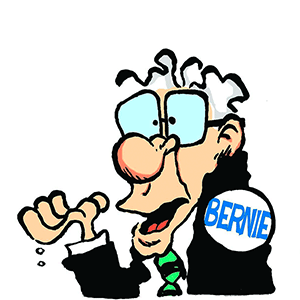

Comments